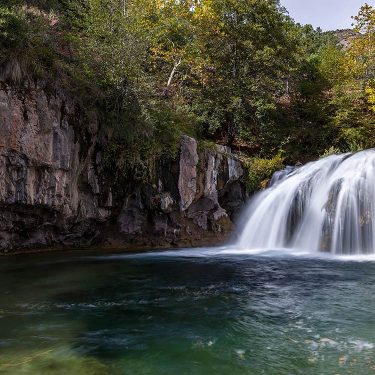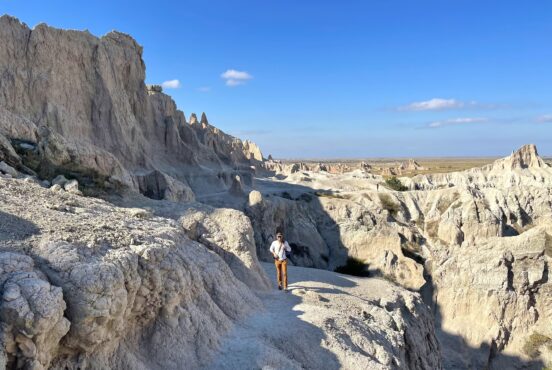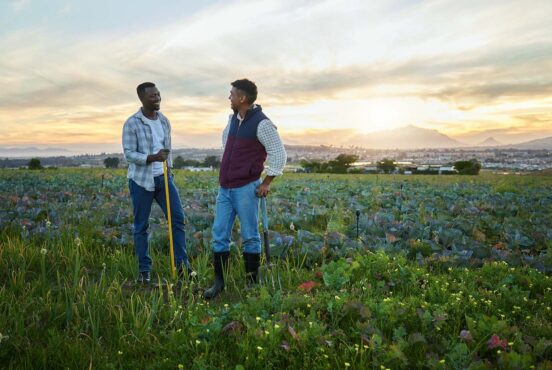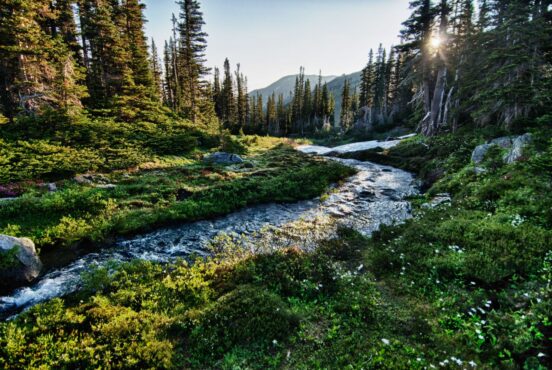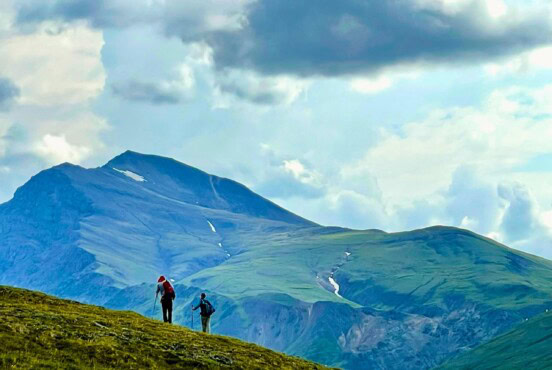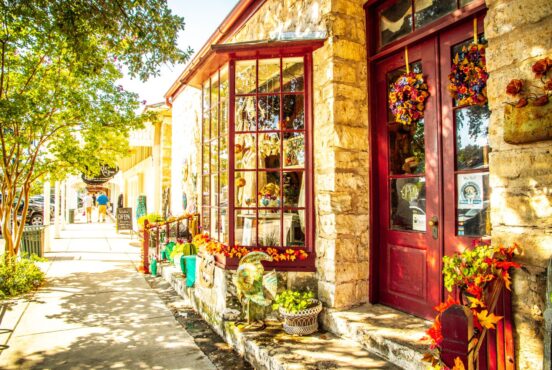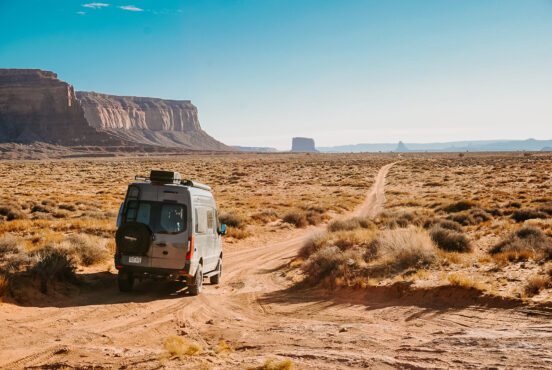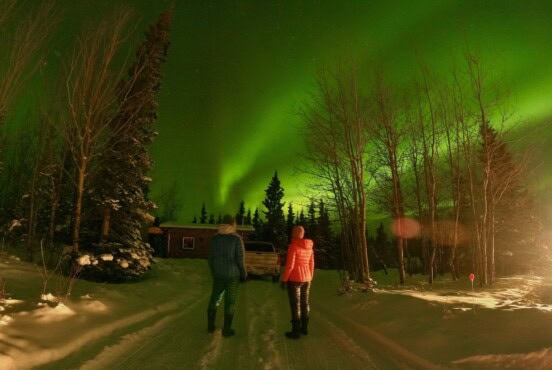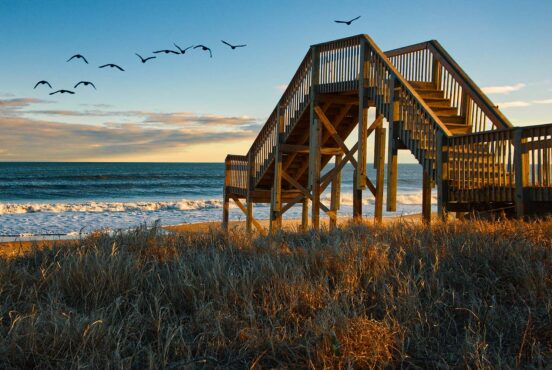From overachiever to relaxation believer: one writer’s journey from injury to cruising America’s Last Frontier.
I should tell you right off the bat that I’m not a “cruise person.”
I’m the kind of gal who routinely rolls her eyes at the thought of hundreds of baby boomers sipping unlimited cocktails from a deck while the world literally passes them by. But last summer I broke a large bone in my right foot, two days before I was supposed to board a ship to shoot some adventure photo stills for ten rollicking days in the Alaskan fjords with Seabourn. I had a choice to make: cancel and lose the gig suck it up, lean into my newfound mobility issues, and enjoy the cruise the way my grandparents might–with an old fashioned in one hand and a hearty dose of rest…I chose the latter.
Ego shoved firmly down my windpipe, I was literally wheelchaired (yes, that’s a verb now) onto the 500-person ship’s gangway, down the hall, and into my cabin. This might not seem like much at first, but I neglected to tell you that my desire to do difficult physical things with a smile on my face runs deep. Deep enough to be considered a core part of my identity. I’ve hiked in all 63 U.S. national parks, solo trekked the entirety of the John Muir Trail, and spent five years of my 20s as a professional circus aerialist. Enduring physical discomfort in the service of huge goals isn’t just a hobby; it’s who I am.
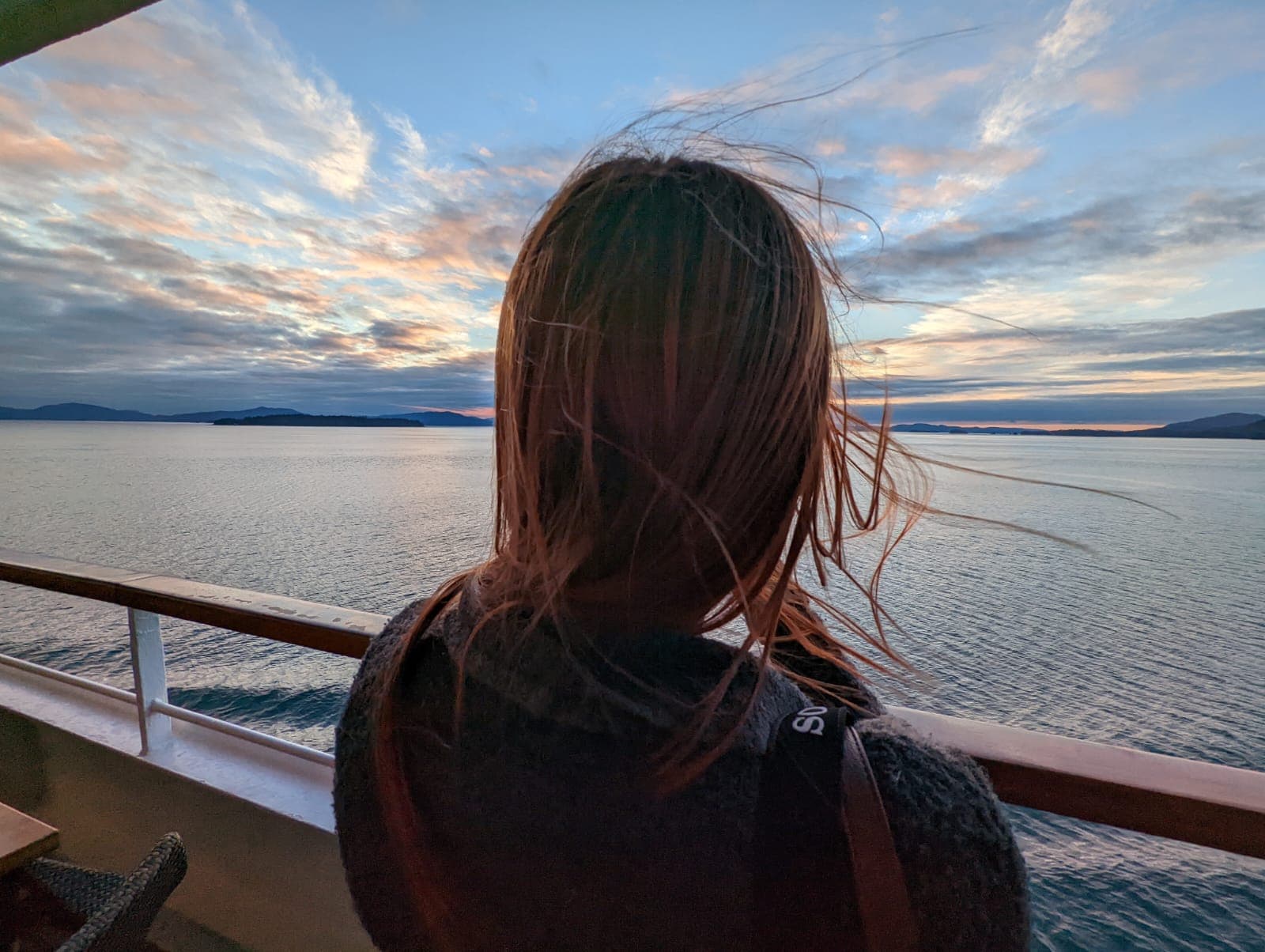
So, when the time came to learn a new style of traveling, one that required me to move slowly and ask for help, the angsty teenager living inside my brain came out in full force. She rolled her eyes at easy day trips. She grit her teeth to wait for the elevator instead of taking the stairs. She wasn’t convinced that cruising-sans-walking would ever be fun.
But, rather than wallow in my cabin, eating bon bons and snapping photos of coastal mountains for the entirety of the trip, I swallowed my pride. I donned a hefty foot brace (even when the ship’s evening attire called for formal wear) and hobbled around to experience as much as I could of Alaska. My mind proceeded to be blown for the next ten days.
I stumbled around (with assistance from the friendly Seabourn staff and my partner, Itai) on a citizen science whale watching tour outside of Juneau, gazed in awe at hundred-year-old Tlingit totem poles, and soaked my swollen feet in frigid Mendenhall Glacier runoff. I was awestruck by how much I was still able to see and experience when I put my limited beliefs and hiker mentality at bay for a moment.
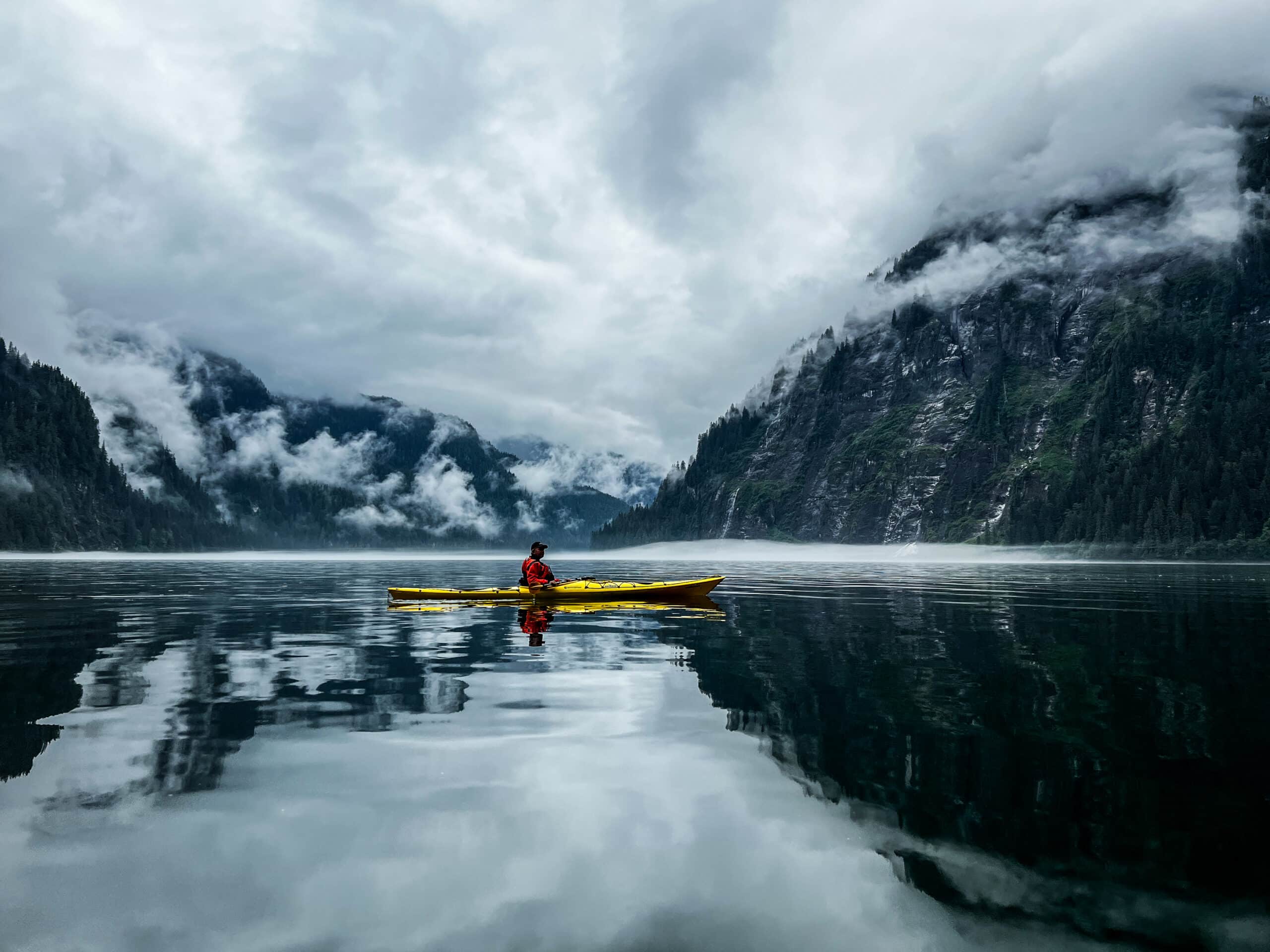
The ship’s kayaking guides were kind enough to let me squirm into a dry suit and limp into a two-person vessel in Misty Fjords National Monument. I spent an entire morning paddling around the glassy, mirror-clear water, giggling as curious harbor seals popped their small heads out of the sea. Maybe this week isn’t a total loss, I began to think to myself. Maybe slowing down can be a revelation, rather than a curse.
According to the Pew Research Center, roughly 13% of the civilian American population (that’s a whopping 42.5 million people) identifies as having a disability, and over half of that live with an ambulatory disability. This makes simple actions like walking or taking the stairs a challenge. I genuinely didn’t realize that the numbers were that high until I experienced my first broken bone and felt supremely sorry for myself—at age 35. The high numbers not only indicate that physically-accessible vacations have a huge market; they’re darn near a necessity as we all get older.
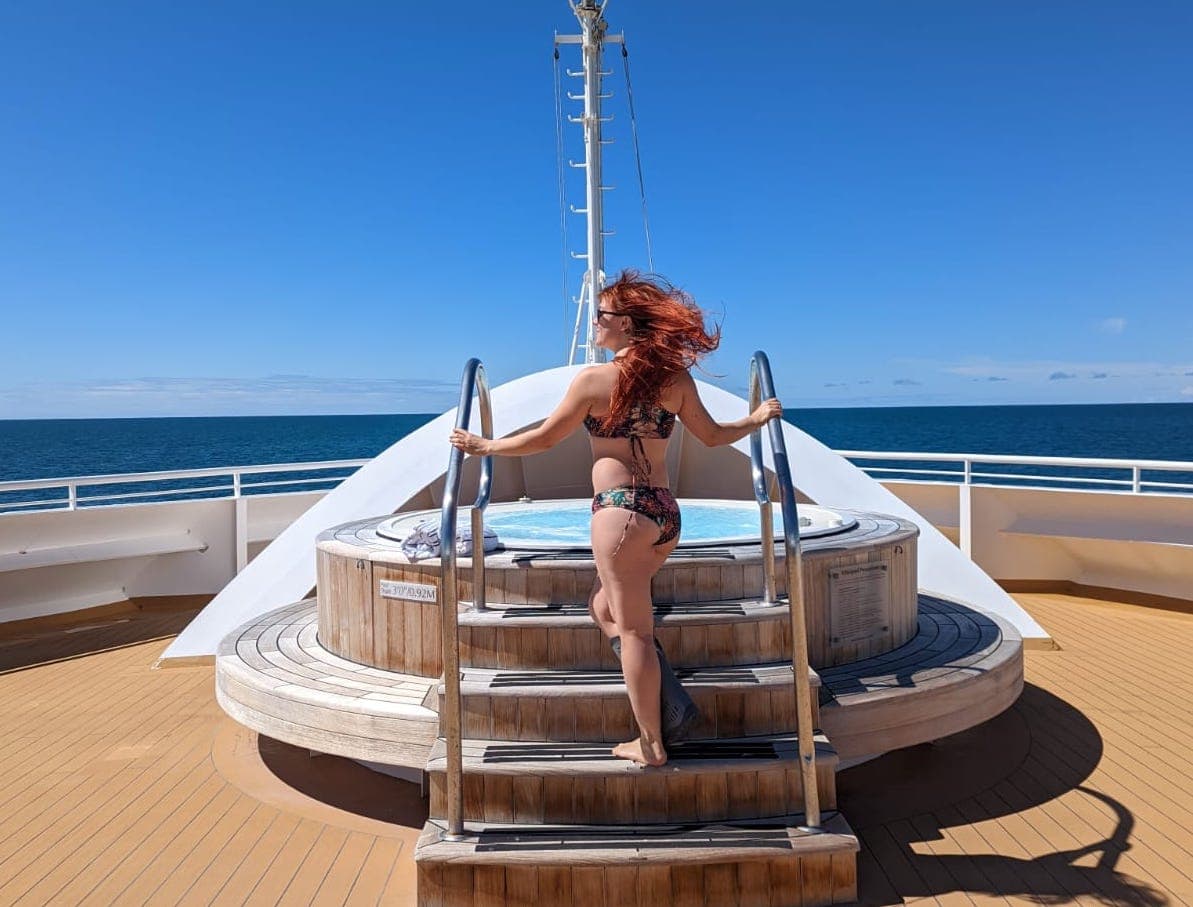
Millennials and baby boomers have been part of a long-standing (and hilarious) internet feud for some years now. In my high-achieving, outdoorsy circles of young folks, it’s relatively common to bash the bussed-in tour groups and the older cruise-goers as we tramp up a jagged 14er, panting and sweating. But I’m here to make a confession: I was wrong.
The ten days I spent floating through Alaska’s southeastern fjords might be the best vacation I’ve had in the last four years I’ve spent as a professional travel writer, and it’s precisely because my foot was freshly broken.
Instead of sprinting from activity to activity, I was forced to chill out and savor the small moments between the activities. I took loads of naps and lounged on various decks in the sunshine, watching humpback whale spouts burst from the ocean and stands of lush, old growth conifers pass me by.
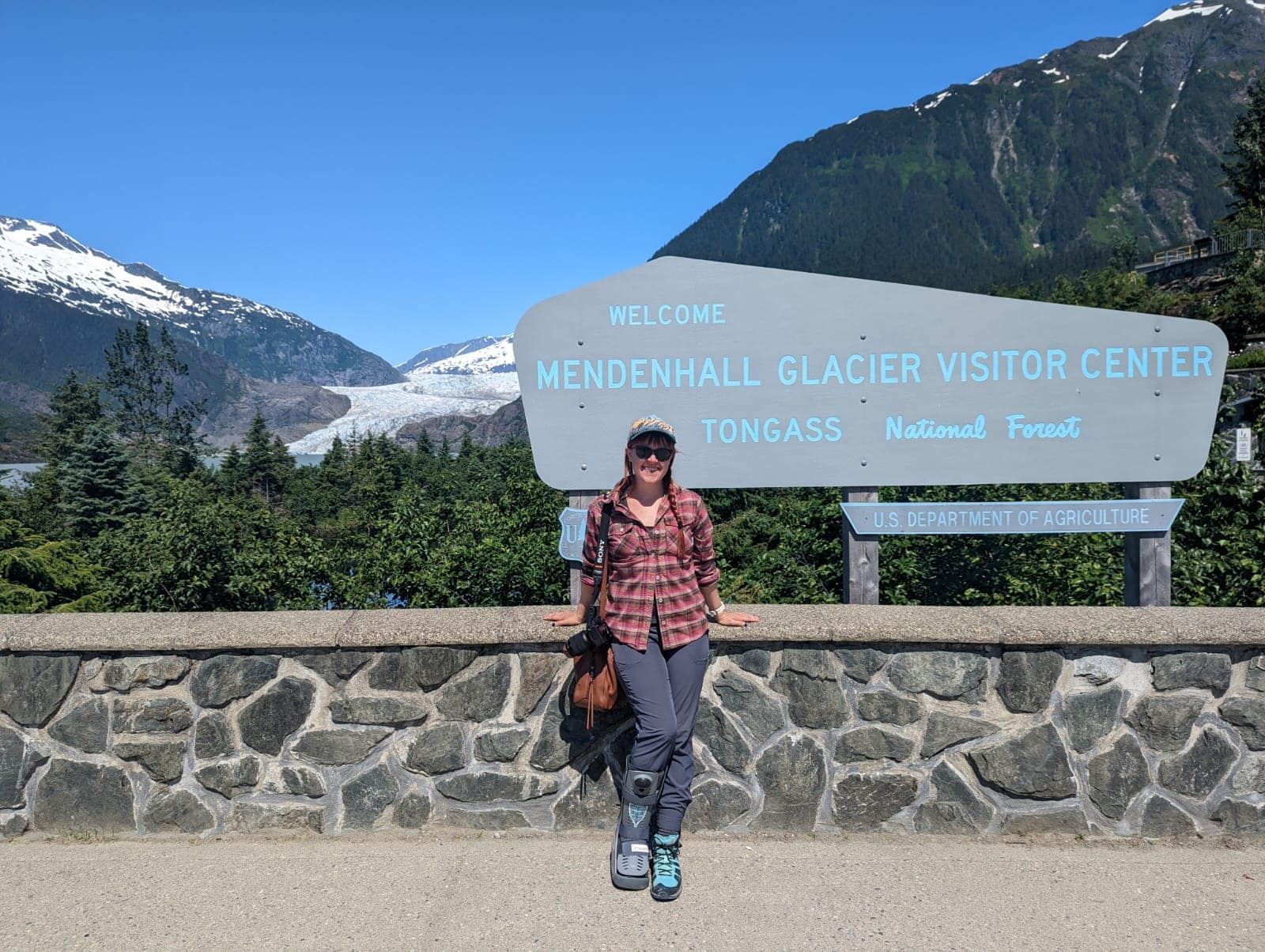
I started to think that maybe this notion of slowing down in nature is a skill that needs to be cultivated just as much as chasing big vertical gains at dawn. Nature doesn’t always have to be a playground. It can be a meditation hall, too.
I returned home, blissed out and revitalized after the long journey, rather than strung out and exhausted, as media trips are wont to do. I also felt a newfound sense of confidence begin to return to my body, as I recognized that ability is a mushy and malleable thing–one that I might not always enjoy as I get older. The freedom that came with detangling my identity from my physical prowess was intoxicating.
Not every vacation has to be a sufferfest. Sometimes they can be just what they are: a vacation.

